About Dongting Mountains Pi Lo Chun (Bi Luo Chun) 2024
Biluochun is one of the top-ten Chinese teas. It grows in the mountains of West and East Dongting in Suzhou and is made using a bud with a single leaf. Good-quality Biluochun leaves look like birds' tongues; the dry leaves are tightly curled and silvery green with fuzzy white hair.
Our special Biluochun is picked before Pure Brightness (Apr.4th, 5th, or 6th), and is also called ‘Mingqian Biluochun’. It tastes extraordinarily delicate and fresh – like the earliest spring day on the tip of the tongue.





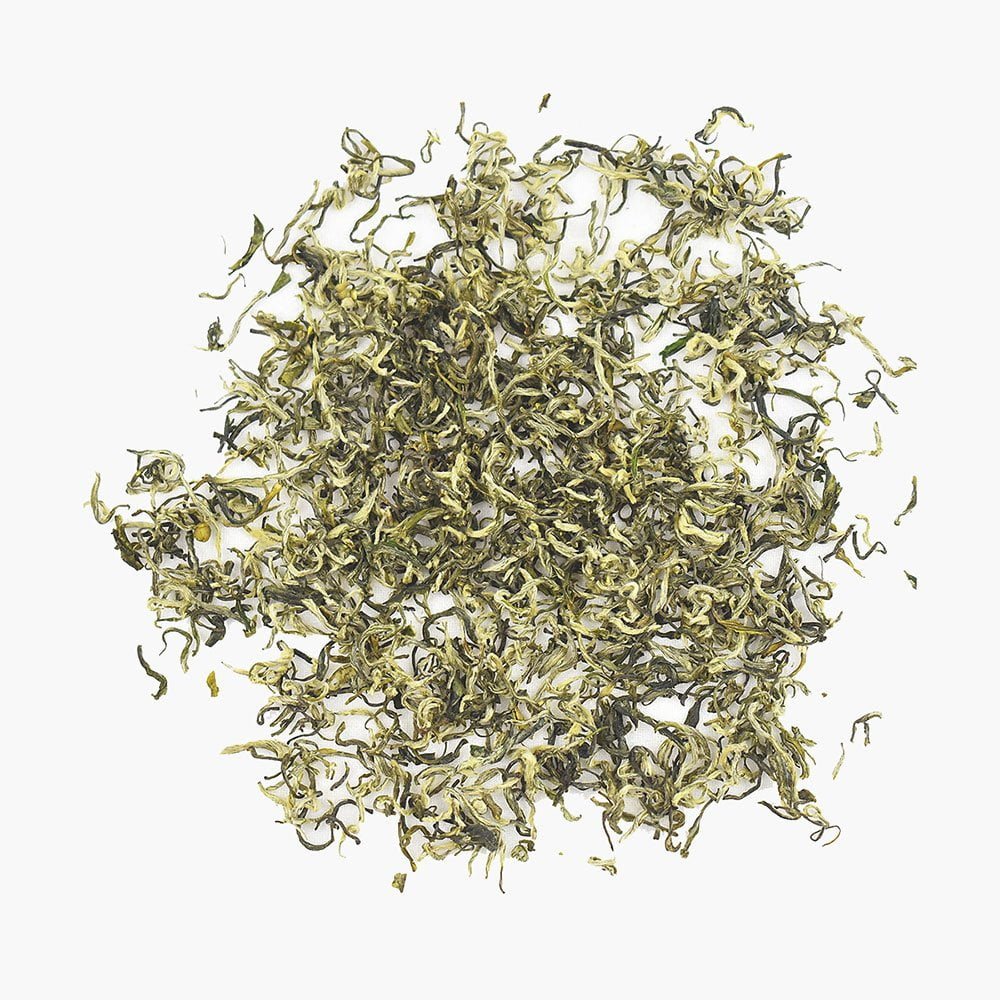
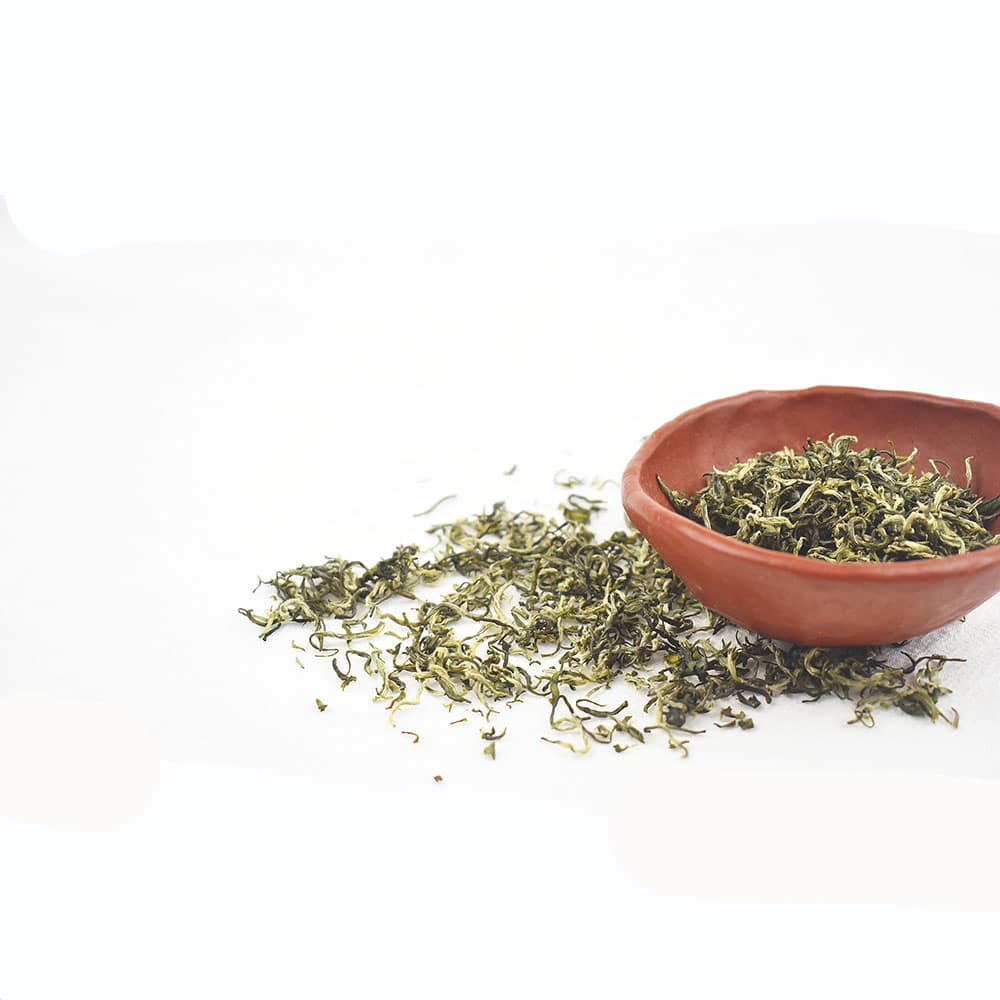
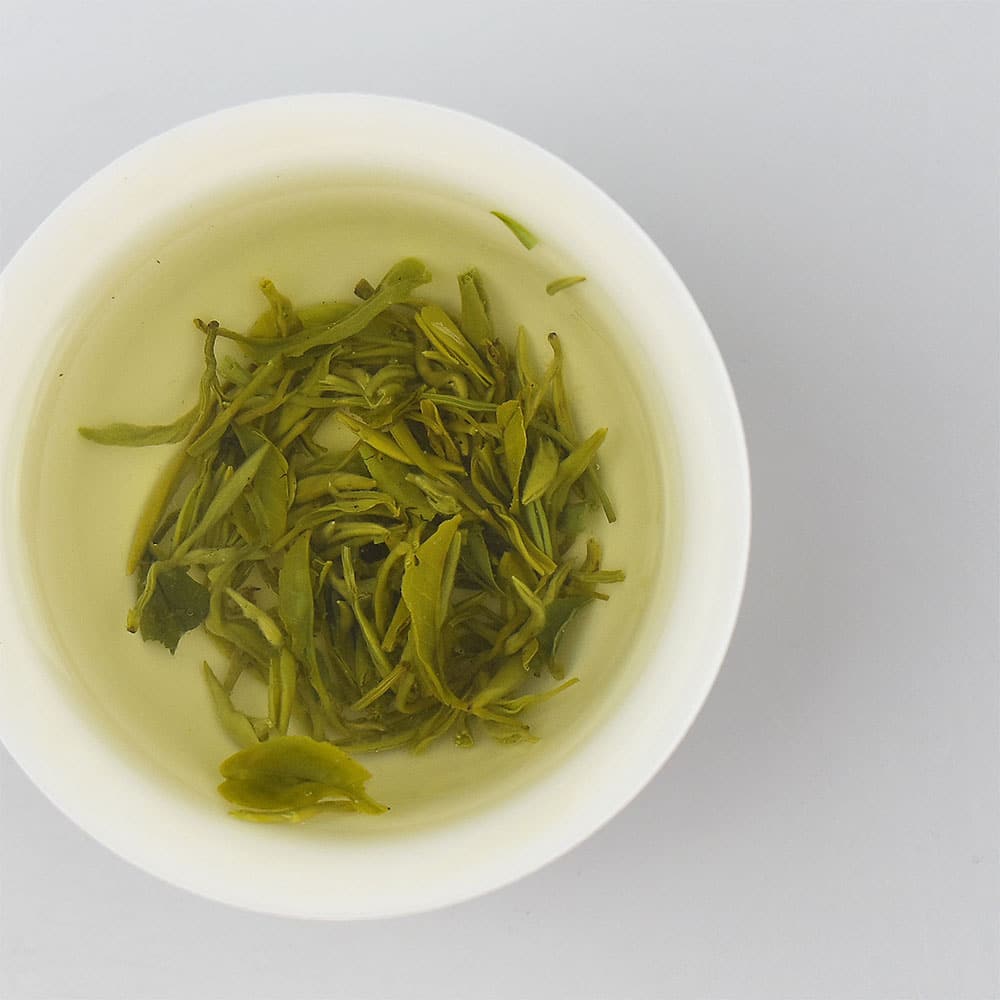
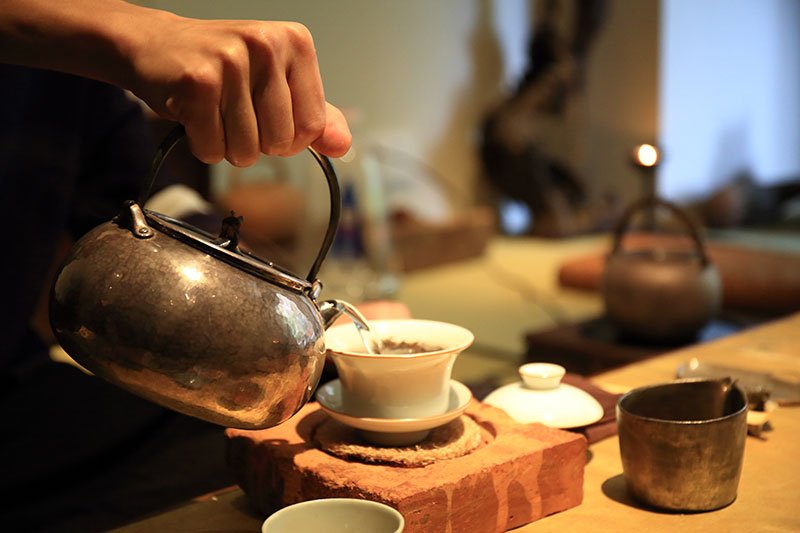
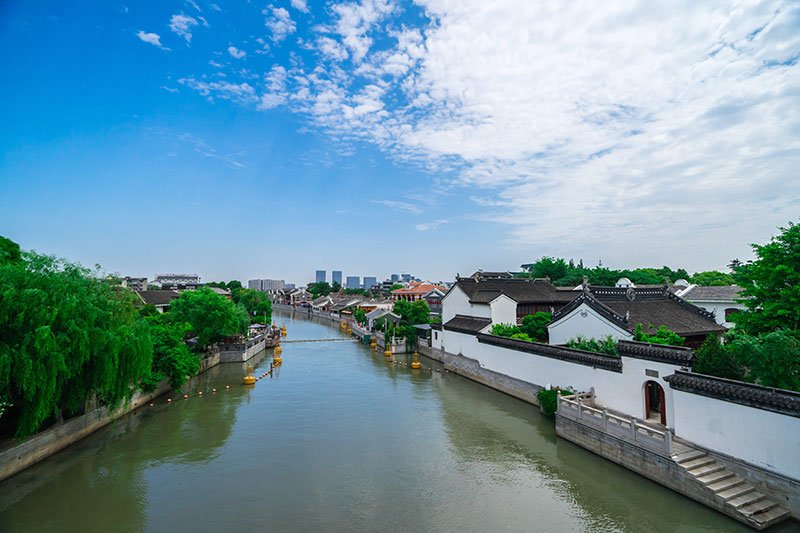
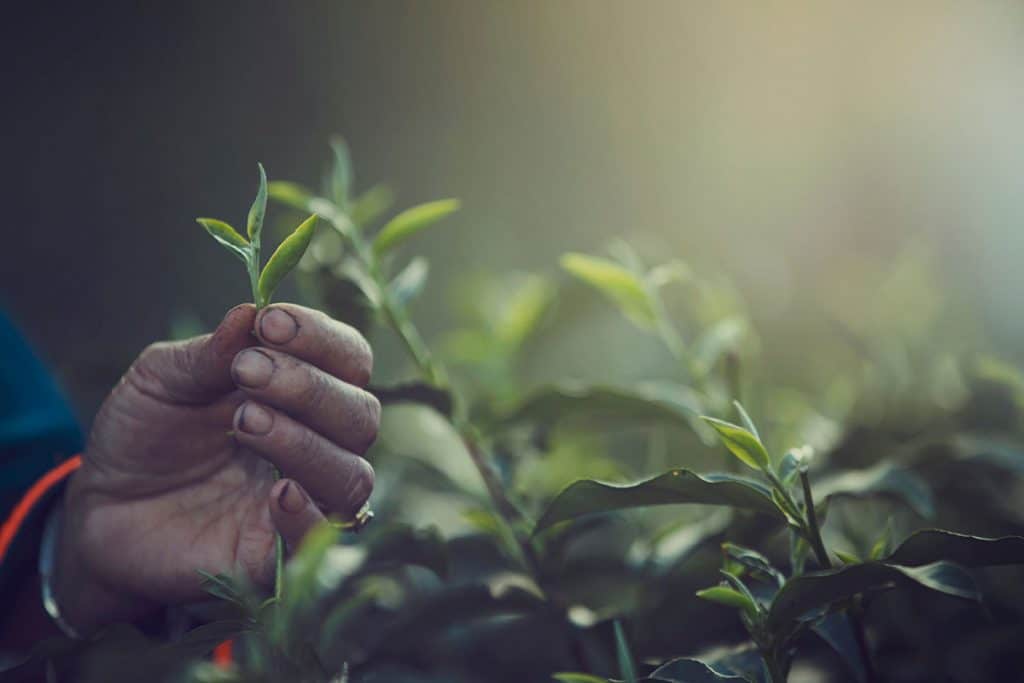
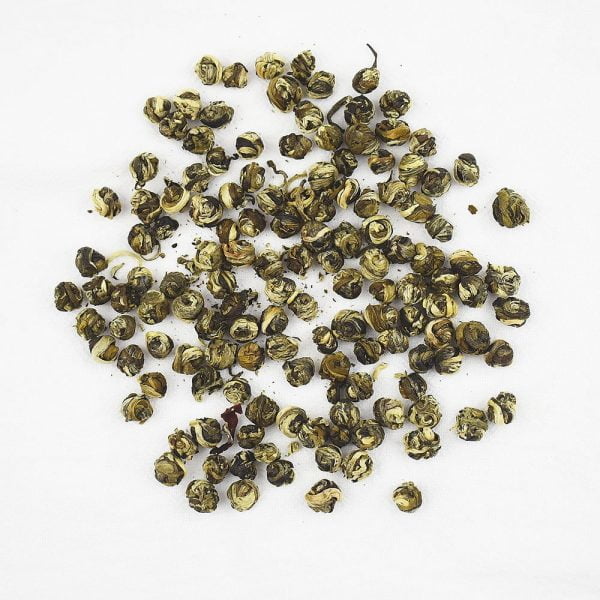
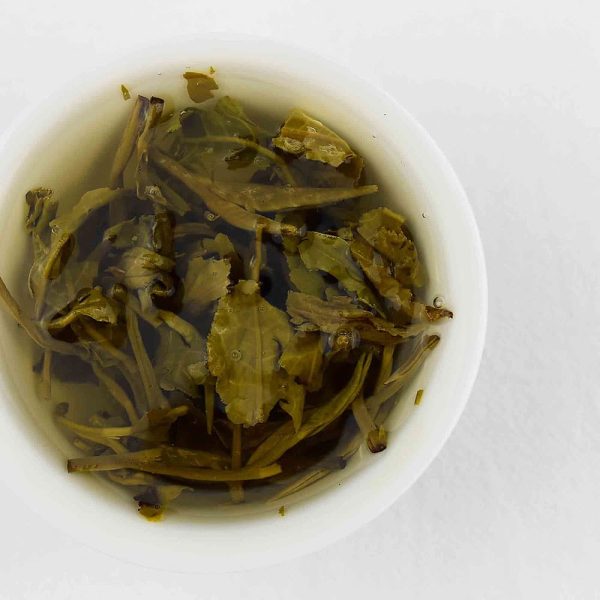
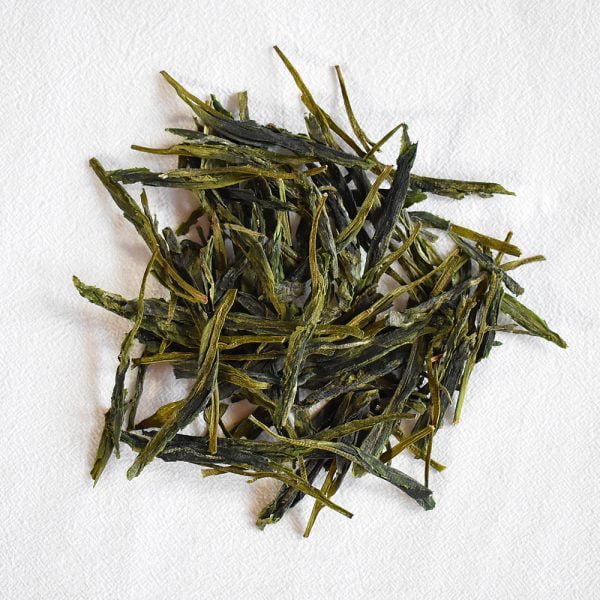
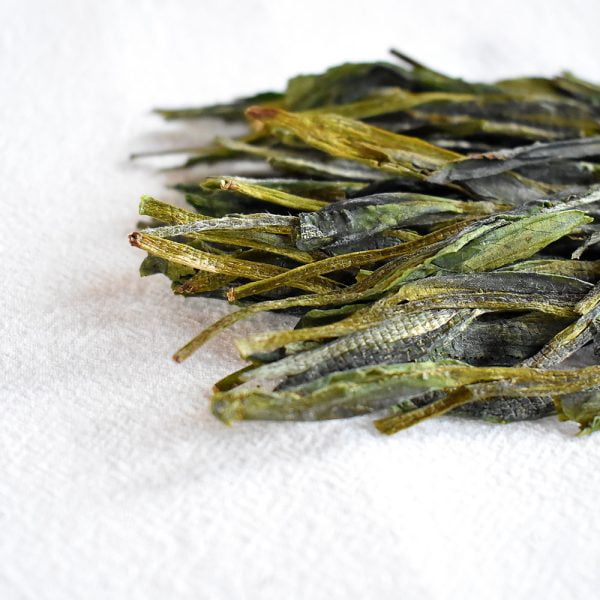
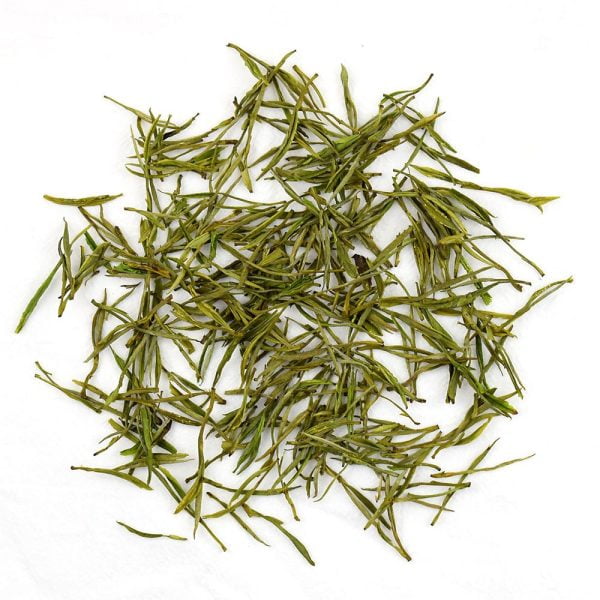
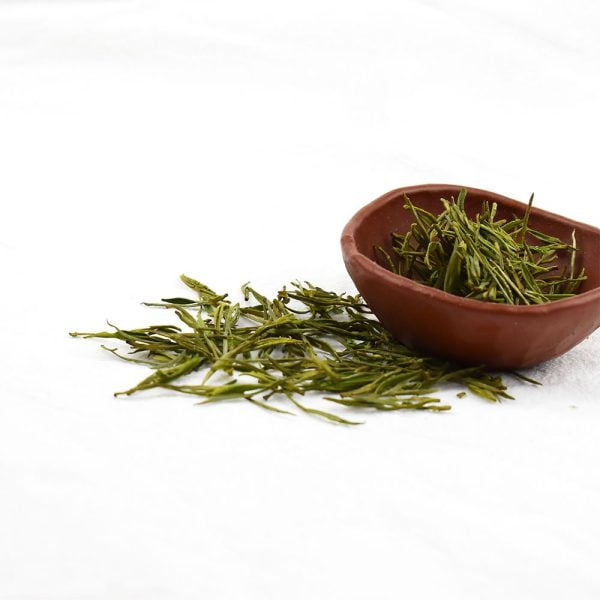
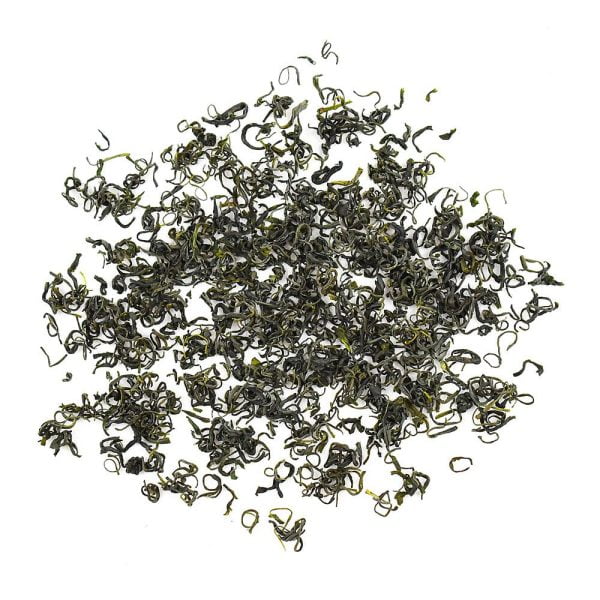
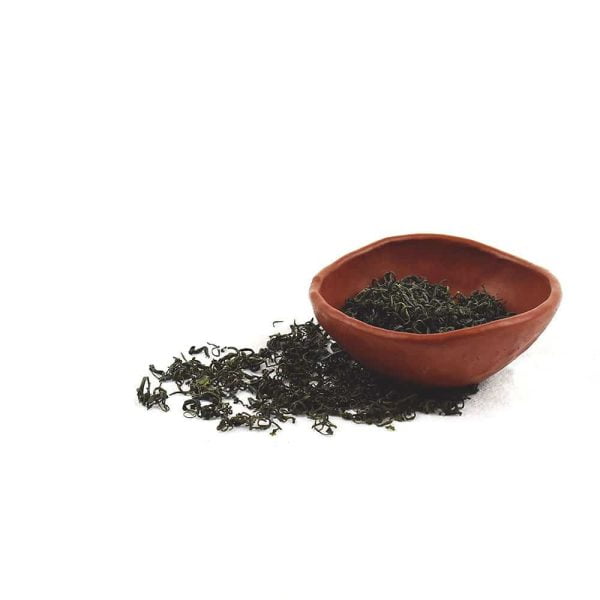
slin7424 –
Amazing tea, reminds me what authentic Chinese green tea taste like.
It’s light and such a joy to drink.
Brayden –
This tea has a really authentic flavour, easy to see why it’s so popular
Zoe –
It’s easy to see why this is such a favourite of tea drinkers worldwide. I keep this on the shelf always. It’s my go-to green tea.
Mingmei Z. –
Beautiful tea that reminds me of home. It has a very authentic flavour.
Madeleine B. –
An absolute stand out tea for me, one to sip and savour. Unpretentious but complex, this is lovely when you really feel like a dose of positivity and freshness.
nickyzhang24 –
清甜可口,香气浓郁,很好喝。
angjiancong –
This tea has a really mild yet rich flavour, with a sweet aftertaste, even after three brews in a teapot! The leaves are also fresh and fragrant – good value for money.
Charlotte L. –
Product improvement is something that I believe is a continuous process that goes along as the brand develops. As such, they are developing day by day. I am a huge fan of your teas and tried your multiple teas.
I’m loving it.